Many fungal lawn diseases look a lot alike, so it’s good to know how to tell them apart. Why? Because then you know how to treat it to keep your lawn healthy!
All of the diseases Ryno Lawn Care is featuring are fungal, but the conditions in which they thrive can tell you how to take preventative measures and make important changes to your lawn care routine.
Red Thread Lawn Disease
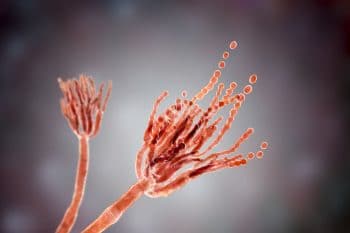 This disease can turn your grass blades a rusty red, pink, or even yellowish-white, but it is primarily named for the tiny red pustules it produces. It can spread very easily, as these pustules can attach to lawn equipment and the bottoms of shoes, meaning that you can haplessly assist it in migrating throughout your yard without even knowing it.
This disease can turn your grass blades a rusty red, pink, or even yellowish-white, but it is primarily named for the tiny red pustules it produces. It can spread very easily, as these pustules can attach to lawn equipment and the bottoms of shoes, meaning that you can haplessly assist it in migrating throughout your yard without even knowing it.
Red thread disease primarily affects rye grasses, bluegrasses, and fescues, meaning that North Texas lawns with mixed grasses are the most at risk. While none of these grass types are the most common in our region, some choose to overseed with different grass types in order to keep their lawn green year-round. If you’ve done this yourself, you may want to be on the lookout for red thread.
This disease loves the mild, cool weather of early spring, especially if it’s found a nice shady spot in your yard. In fact, those nooks and crannies at the edges of your yard or behind a shade tree are more at risk multiple reasons.
Poor drainage due to lack of aerating and dethatching offers red thread a dense, humid breeding ground. This is especially true if you’ve got a shady corner where leaves and other organic debris tend to accumulate on the ground.
Additionally, lawns that are not adequately fertilized are more prone to red thread disease. All of these risk factors make it that much more important to care for the less visible areas of your lawn that may be tucked away behind or between other landscaping structures.
Red thread appears in uneven patches of off-colored blades that are initially lighter in color. As they darken and begin to produce the red pustules, this is a sign that the infection has advanced, at which point it is much more difficult to combat with antifungal products
Rust Lawn Disease
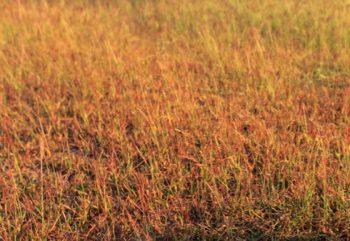 This disease can be tricky to identify when it first sets in, as it does not initially produce the telltale patches most fungal diseases are known for. What you’ll see, instead, is small clumps of wilted grass blades with yellowed spots on them. As the infection progresses, spots spread to up to a foot in diameter and begin to turn pinkish, and finally a rusty brownish orange, hence the name of the disease.
This disease can be tricky to identify when it first sets in, as it does not initially produce the telltale patches most fungal diseases are known for. What you’ll see, instead, is small clumps of wilted grass blades with yellowed spots on them. As the infection progresses, spots spread to up to a foot in diameter and begin to turn pinkish, and finally a rusty brownish orange, hence the name of the disease.
Here in North Texas, those who’ve chosen Zoysia grass are the most at risk for rust lawn disease. It also favors fescues and perennial rye grasses. It prefers darker grasses with a finer blade, and generally thrives when your lawn is stressed. This means that any extreme conditions- including extended heat or drought, as well as excessive rain and humidity- will give it a chance to propagate.
Basically, this fungal infection is looking for grass that’s already struggling. Read more about how to properly care for your Zoysia grass, as a preventative measure. Both over- and under-fertilized lawns are at risk, so it’s important to strike a healthy balance with your lawn care regimen.
Rust lawn disease is most likely to crop up in warmer temperatures, meaning that summer and early fall are the riskiest seasons. Just like with red thread disease, you want to be mindful of the fully shaded areas of your lawn that may retain moisture longer than areas receiving adequate sun exposure.
This infection has extremely small spores that can spread very easily in the wind. You’re not likely to track them through the yard on your shoes or lawn equipment, but if a neighbor’s catches a case of rust lawn disease, you may want to take preventive measures. If the spores drift over to a yard that’s already pre-treated with antifungal products, you have a greater chance of avoiding infection.

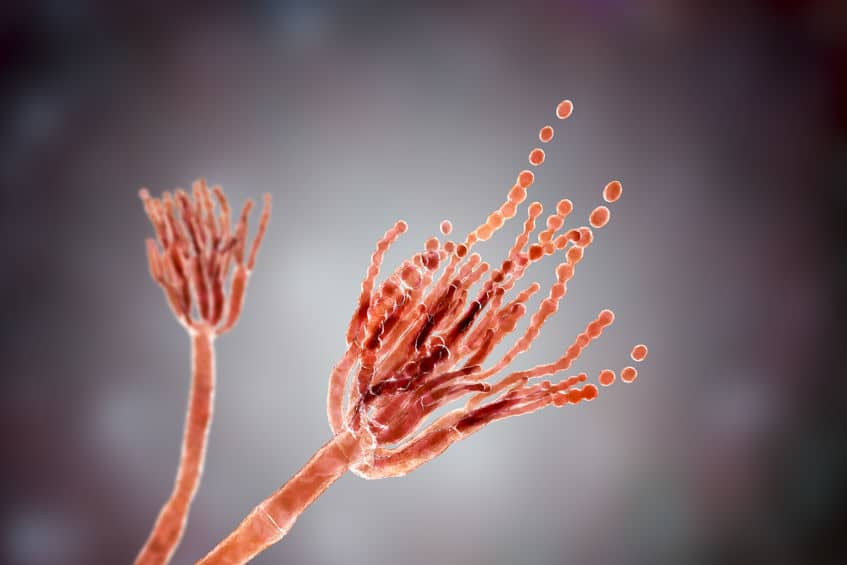

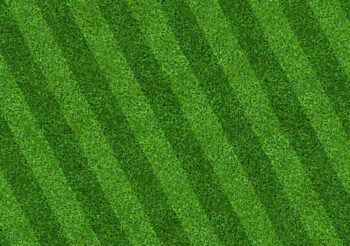
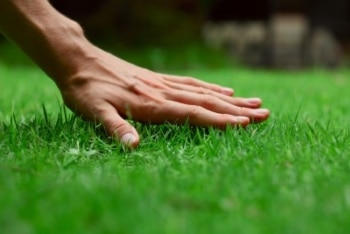
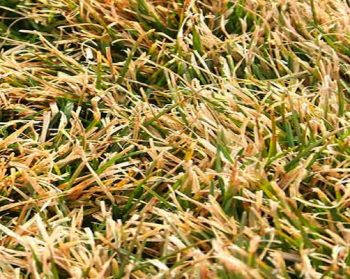
4 Responses
We have a small weed plant on lawn that is choosing out the Centipede grass we planted by seed. The weed plant Hassan small green leaf on wirey stiem. The leaf size is about 3/8 inch wide by 1/2 inch long. It seems to be completely choking out the Centipede grass.
How can I get rid of this weed?
Great article! i love the information about Red Thread Lawn disease. Although not comon in my region i definitely appreciate the knowledge.The overseeding statement works though for almost any region. I always tell clients to be careful when doing this so they dont develope any patchy areas.
I’ve identified I think what is Red Thread in my lawn. I’ve treated in the past with Provanto Lawn Disease Control. Unfortunately I’m having difficulty sourcing Provanto Lawn Disease Control (Tryflixistrobin). Provanto Fungus Fighter comes up the claims to “prevent” Rust. Does this Fungus Fighter also treat Red Thread?
Need to identify what’s causing it. Are you watering too much? Keep it to 3 times or less per week, more deeply. Early morning is best. Evening watering can cause diseases. Is the mower being cleaned between cuts? If not, it can spread the disease around the yard more. Use organic fertilizer, so you don’t kill important organisms that fight diseases. More fertilizer would probably help your red thread problem, but still need to take care of any other issues. More about red thread here, https://www.rynolawncare.com/red-thread-and-rust-lawn-diseases/